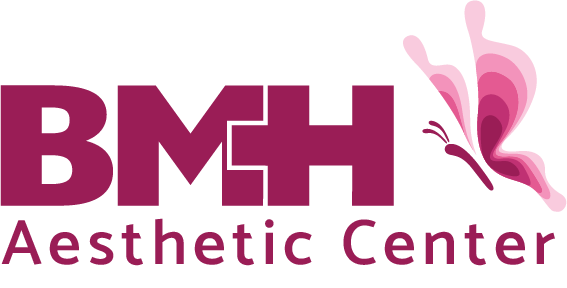Breast Reduction
- Home
- Breast Reduction
What is Breast Reduction?
Breast reduction, also known as reduction mammaplasty, is a surgical procedure designed to reduce the size and weight of large breasts by removing excess breast tissue, fat, and skin. This procedure is often sought by individuals who experience physical discomfort or emotional distress due to disproportionately large breasts, which can lead to a variety of issues such as back, neck, and shoulder pain. Breast reduction aims to create a more proportionate breast size that enhances both appearance and comfort.
Concerns Related to Breast Reduction:
- As with any surgical procedure, breast reduction carries risks such as infection, bleeding, and adverse reactions to anesthesia.
- The procedure involves incisions, which can leave noticeable scars. The extent of scarring depends on the surgical technique used and individual healing.
- Some individuals may experience temporary or permanent changes in nipple or breast sensation after the surgery, which can affect sensitivity.
- While many women can still breastfeed after breast reduction, the ability to breastfeed may be affected, especially if the nipple is repositioned during surgery.
Benefits of Breast Reduction:
- Many individuals experience significant relief from physical discomfort, including back, neck, and shoulder pain, after the procedure, leading to improved quality of life.
- Reducing breast size can improve posture and decrease strain on the spine and muscles, contributing to better overall body alignment.
- Breast reduction can create a more proportionate body shape and improve breast aesthetics, enhancing overall self-confidence and body image.
- Individuals often find it easier to engage in physical activities and exercise after breast reduction, as large breasts can restrict movement.
Reduction Treatment

Before & After

FAQ's
Here, we’ve answered some common questions to help you understand more about Breast Reduction , the procedure, recovery, and what to expect. If you have any further queries, feel free to reach out to us for more information.
Yes, many individuals experience relief from chronic back, neck, and shoulder pain after breast reduction, as the weight of large breasts is reduced.
Initial recovery typically takes 2 to 4 weeks, with most individuals returning to work within 1 to 2 weeks. Full recovery, including resuming strenuous activities, may take about 6 weeks.
Yes, scarring is inevitable with breast reduction, but scars typically fade over time. Surgeons usually place incisions in less visible areas. The extent of scarring depends on the surgical technique and individual healing.
Breastfeeding may be possible, but it can be affected by the surgery, especially if a significant amount of tissue is removed or the nipple is repositioned. It’s important to discuss your future breastfeeding plans with your surgeon.
Yes, men with gynecomastia (enlarged male breasts) can undergo breast reduction surgery to reduce the size of their breasts and achieve a flatter chest.
